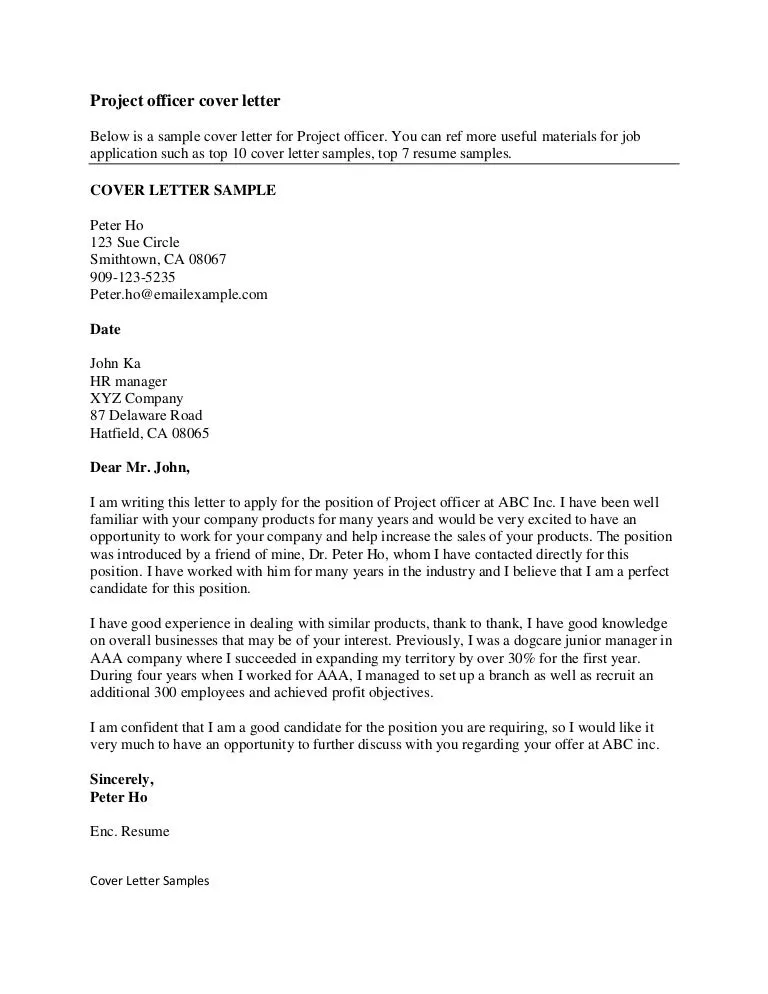Cover Letter Mastery Introduction
In the competitive landscape of job applications, a well-crafted cover letter can be the key to unlocking your dream job. It’s your first opportunity to make a strong impression on a potential employer and demonstrate why you’re the ideal candidate. This comprehensive guide will take you through the essential components of cover letter writing, from understanding its purpose to avoiding common mistakes. With the right approach, you can transform your cover letter from a mere formality into a powerful tool that showcases your skills, experience, and personality. Mastering the art of the cover letter isn’t just about following a template; it’s about strategically presenting yourself in the best possible light and capturing the attention of the hiring manager. This guide provides detailed cover letter suggestions
Understanding the Purpose of a Cover Letter
The primary purpose of a cover letter is to introduce yourself to the hiring manager and express your interest in a specific job opening. It’s your chance to go beyond the information provided in your resume and tell your story. Think of it as a sales pitch, where you’re selling your skills and qualifications to the employer. A compelling cover letter should highlight your relevant experience, demonstrate your understanding of the company’s needs, and explain why you’re a perfect fit for the role. Unlike your resume, which presents a factual overview of your career, the cover letter allows you to showcase your personality, writing skills, and genuine enthusiasm for the opportunity. Understanding this purpose is crucial; it guides your content and tone, ensuring your letter resonates with the hiring manager and increases your chances of securing an interview.
What to Include in Your Cover Letter
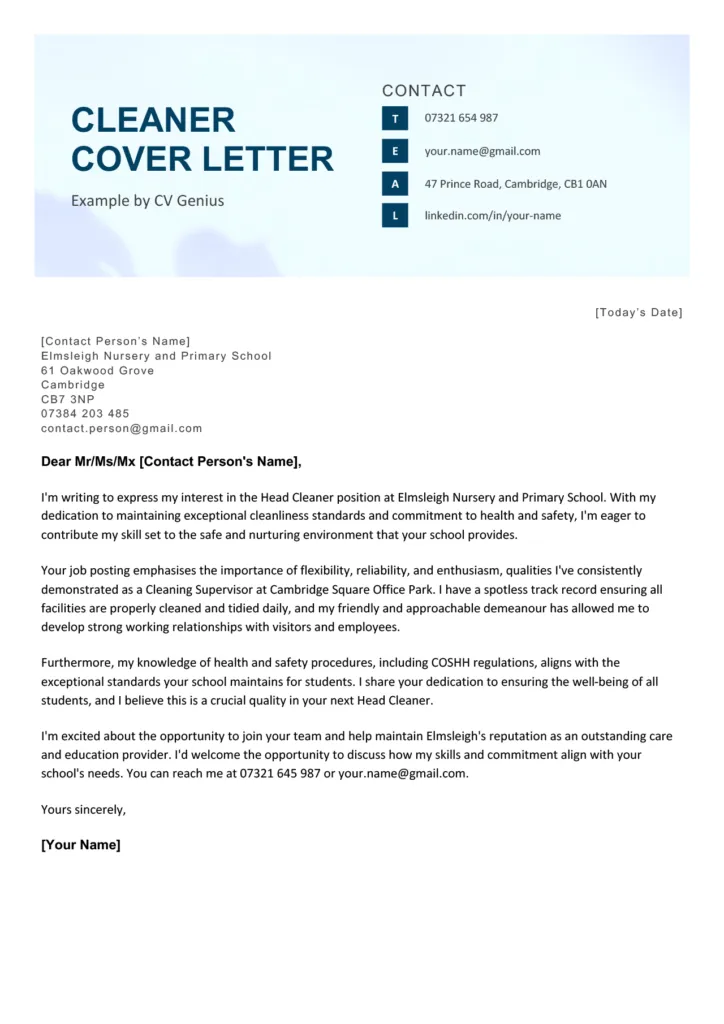
A strong cover letter is a carefully constructed document that includes several key elements. Begin with your contact information and the hiring manager’s details, ensuring you address the letter correctly. The opening paragraph should immediately capture the reader’s attention, expressing your interest in the position and how you learned about it. The body of the letter is where you highlight your skills and experience, tailoring your examples to match the job requirements. Quantify your achievements whenever possible, using numbers and data to demonstrate your impact. End with a clear and enthusiastic closing, restating your interest and providing a call to action. Pay attention to the structure and formatting of the cover letter because it makes a great impression. Include a clean and professional layout.
Your Contact Information
At the top of your cover letter, clearly state your contact information. This should include your full name, address, phone number, and email address. Ensure the email address is professional and appropriate for a job application. This information allows the hiring manager to quickly contact you if they are interested in your qualifications. A well-presented contact section demonstrates professionalism and attention to detail, making it easy for the employer to reach out to you.
The Hiring Manager’s Contact Information
Always address your cover letter to a specific person whenever possible. Research the hiring manager’s name and title and include this information at the top of your letter, beneath your contact details. If you cannot find a specific name, use a general greeting like ‘Dear Hiring Manager’. Addressing your letter to a specific person shows that you have done your research and are genuinely interested in the position. It adds a personal touch and demonstrates your attention to detail, which can significantly improve your application.
A Compelling Opening
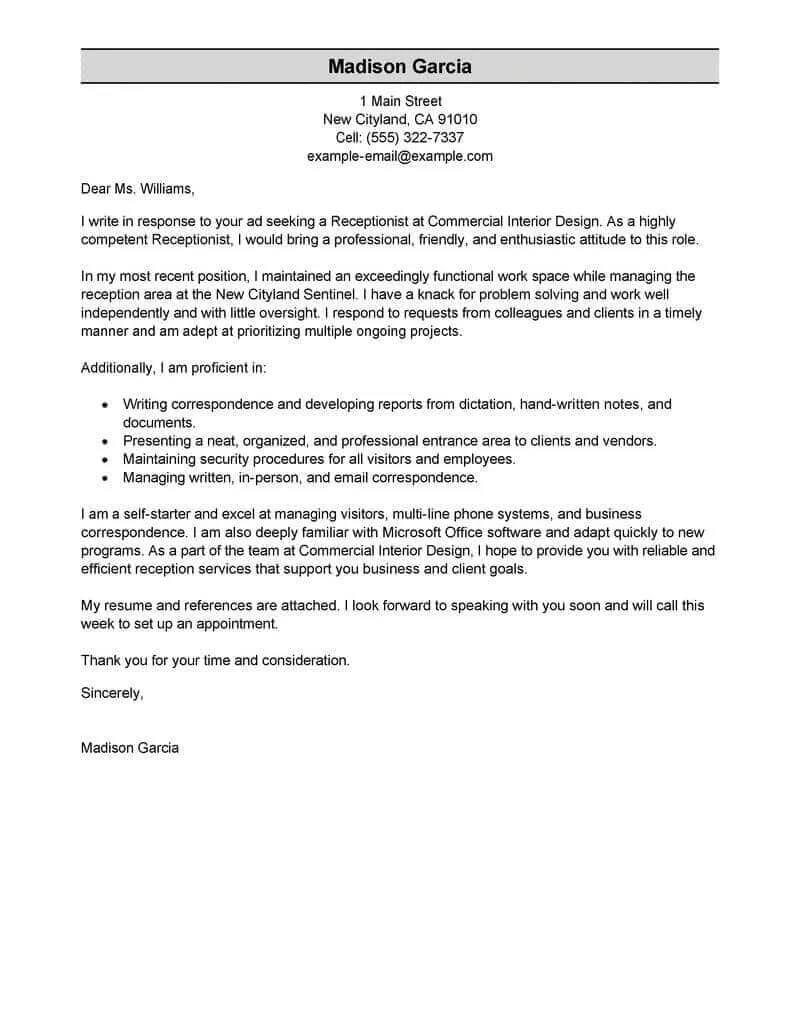
The opening paragraph is your first chance to grab the reader’s attention, and it should immediately express your interest in the position. State the specific job you are applying for and where you found the job posting. Then, briefly explain why you are a good fit for the role. A compelling opening is concise, enthusiastic, and clearly conveys your intent and excitement about the opportunity. Avoid generic phrases and instead focus on what excites you about the company or the position. Highlighting your key skills in this opening can immediately draw the hiring manager in.
Highlighting Your Skills and Experience
The body of your cover letter is where you showcase your skills and experience, demonstrating how they align with the job requirements. Review the job description carefully and select the skills and experiences that are most relevant to the position. Use specific examples from your past to illustrate your abilities. Instead of simply listing your responsibilities, explain how you used your skills to achieve results. Connect your past experiences to the requirements of the job. This not only shows that you have the necessary skills but also demonstrates your understanding of the role and your ability to excel in it. Providing clear cover letter suggestions helps you stand out.
Tailoring Your Letter to the Job Description
Customizing your cover letter for each job application is essential. Do not use a generic template; instead, thoroughly review the job description and identify the key skills and qualifications the employer is seeking. Highlight your experiences that directly match these requirements and use keywords from the job description throughout your letter. Show how your skills align with the job’s needs. This shows that you have taken the time to understand the role and are a thoughtful candidate. Personalizing your cover letter increases your chances of getting noticed and demonstrates your genuine interest in the position and understanding of the requirements.
Quantifying Your Achievements
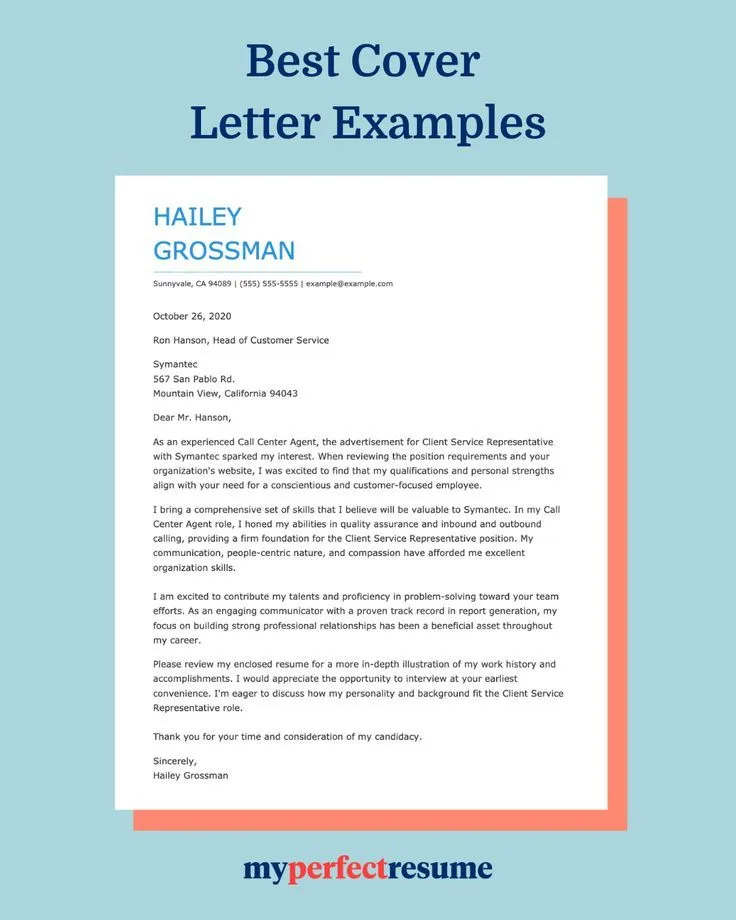
Instead of just stating what you did in previous roles, use numbers and data to quantify your achievements. This makes your accomplishments more impactful and demonstrates your ability to deliver results. For example, instead of saying ‘Managed social media accounts’, you could say ‘Increased social media engagement by 30% in six months’. Use metrics, statistics, and specific examples to showcase your impact. This helps the hiring manager understand the value you brought to previous employers and see how you can contribute to their company. Quantifiable achievements add credibility to your claims and make your cover letter more compelling.
Expressing Your Enthusiasm for the Role
Your cover letter should convey your genuine enthusiasm for the position and the company. Explain why you are excited about this specific opportunity and what attracts you to the organization. Highlight aspects of the role, company culture, or mission that resonate with you. Showing your excitement can make a big difference. Enthusiasm shows that you are motivated, engaged, and eager to contribute. It tells the hiring manager that you are not just looking for any job, but that you genuinely want this one. Demonstrate your knowledge of the company, its values, and its recent accomplishments to show that you are a well-informed and engaged applicant.
Closing Your Cover Letter
Your closing paragraph should restate your interest in the position and express your eagerness to discuss your qualifications further. Thank the hiring manager for their time and consideration. Include a call to action, such as ‘I look forward to hearing from you soon’ or ‘I am eager to discuss how my skills can benefit your team’. Ensure you provide your contact information again, making it easy for the hiring manager to reach out. A strong closing leaves a lasting positive impression and makes it clear that you are a proactive and motivated candidate. Review the final version, make sure the formatting is good.
Proofreading and Formatting
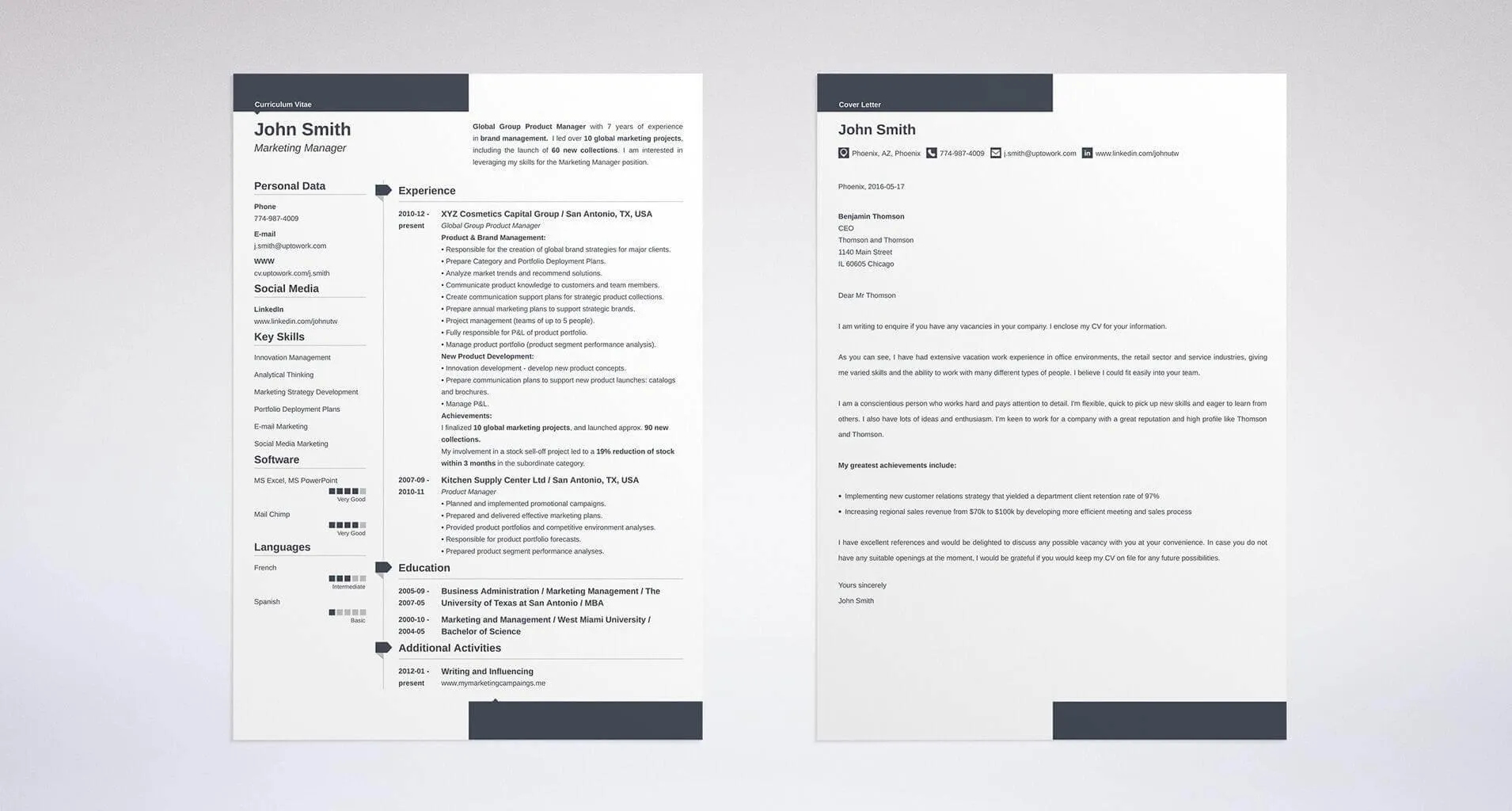
Before submitting your cover letter, carefully proofread it for any grammatical errors, typos, and inconsistencies. A well-written cover letter should be polished and free of errors. Ask someone else to review your letter as well, as a fresh pair of eyes can often catch mistakes you may have missed. Ensure your cover letter has a clean and professional format with a clear font, appropriate spacing, and consistent margins. A poorly formatted letter can distract the hiring manager and reflect negatively on your attention to detail. Always double-check your contact information to make sure it is accurate and up-to-date. Proofreading and formatting are key to creating a great impression.
Cover Letter Examples and Templates
There are numerous cover letter examples and templates available online that can help you get started. These resources can provide guidance on formatting, content structure, and phrasing. However, always customize any template to reflect your unique skills, experience, and the specific job you are applying for. Using a template is helpful, but make sure it is not too generic, so the hiring manager sees your individuality. Some examples showcase different professional styles, such as a classic cover letter, a skills-based cover letter, or a creative cover letter. You can look through cover letter suggestions available online. When looking through the examples, think about what is best for the company or job you are applying for.
Common Cover Letter Mistakes to Avoid
Several common mistakes can undermine your cover letter and reduce your chances of getting an interview. Avoid generic openings that do not address the specific job or company. Do not simply rehash your resume; use the cover letter to expand on your experiences and highlight key achievements. Do not use jargon or overly technical language. Keep the tone professional and concise. Neglecting to proofread your letter for errors is a major mistake. Never send a cover letter without tailoring it to the job description. Finally, avoid being negative or critical of previous employers. Focus on your positive qualities and accomplishments. A good cover letter conveys professionalism and sincerity. Avoiding these pitfalls will make your cover letter more effective.
Cover Letter Mastery Conclusion
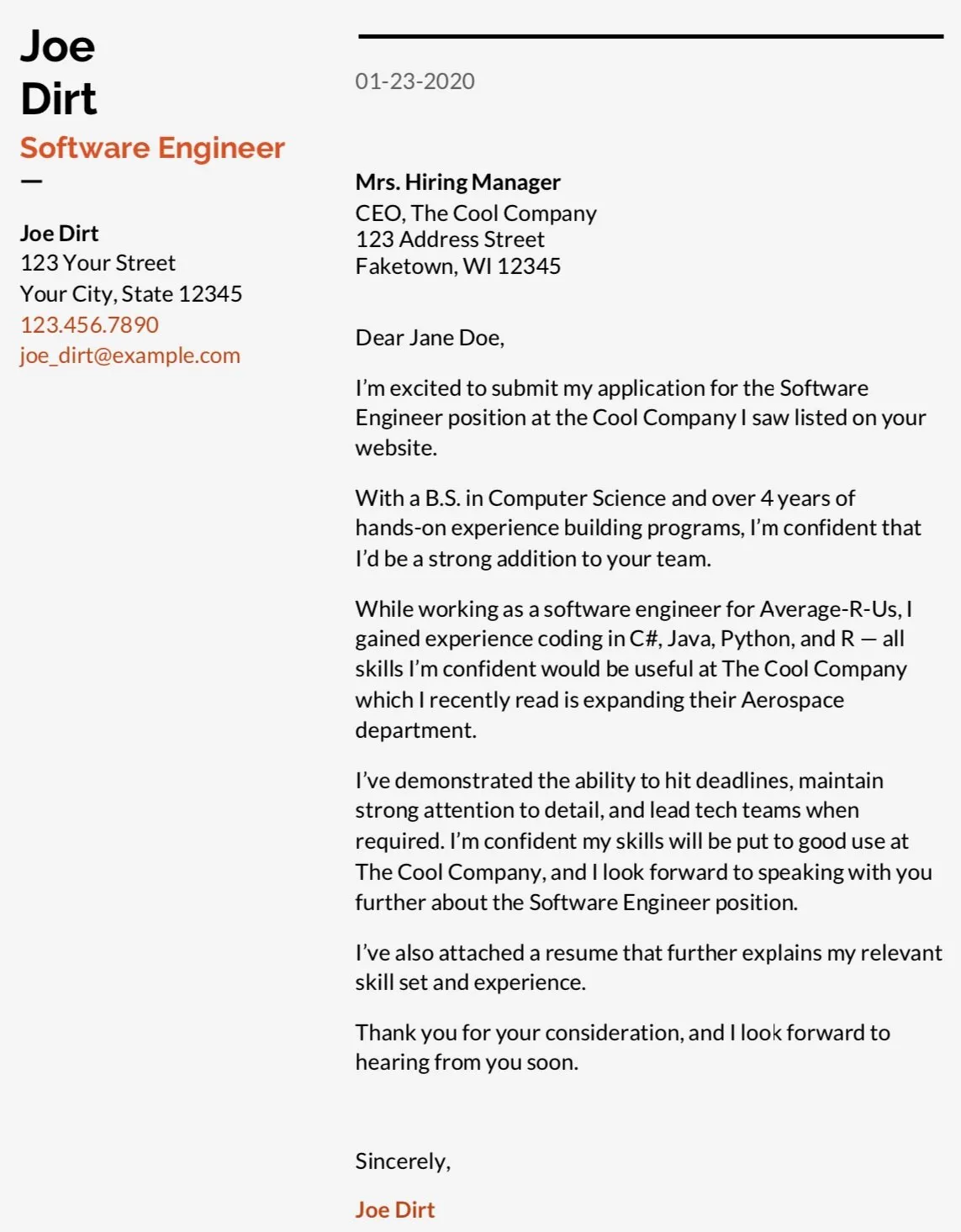
Mastering the art of the cover letter is a key step in your job search journey. By understanding its purpose, crafting a compelling narrative, and avoiding common mistakes, you can significantly increase your chances of landing an interview. Remember to tailor your cover letter to each job, highlighting your skills, quantifying your achievements, and expressing your genuine enthusiasm. Proofread and format your letter carefully, and always seek feedback. With these cover letter suggestions, your cover letter can become a powerful tool that showcases your value and helps you stand out from the competition. Good luck in your job search!
